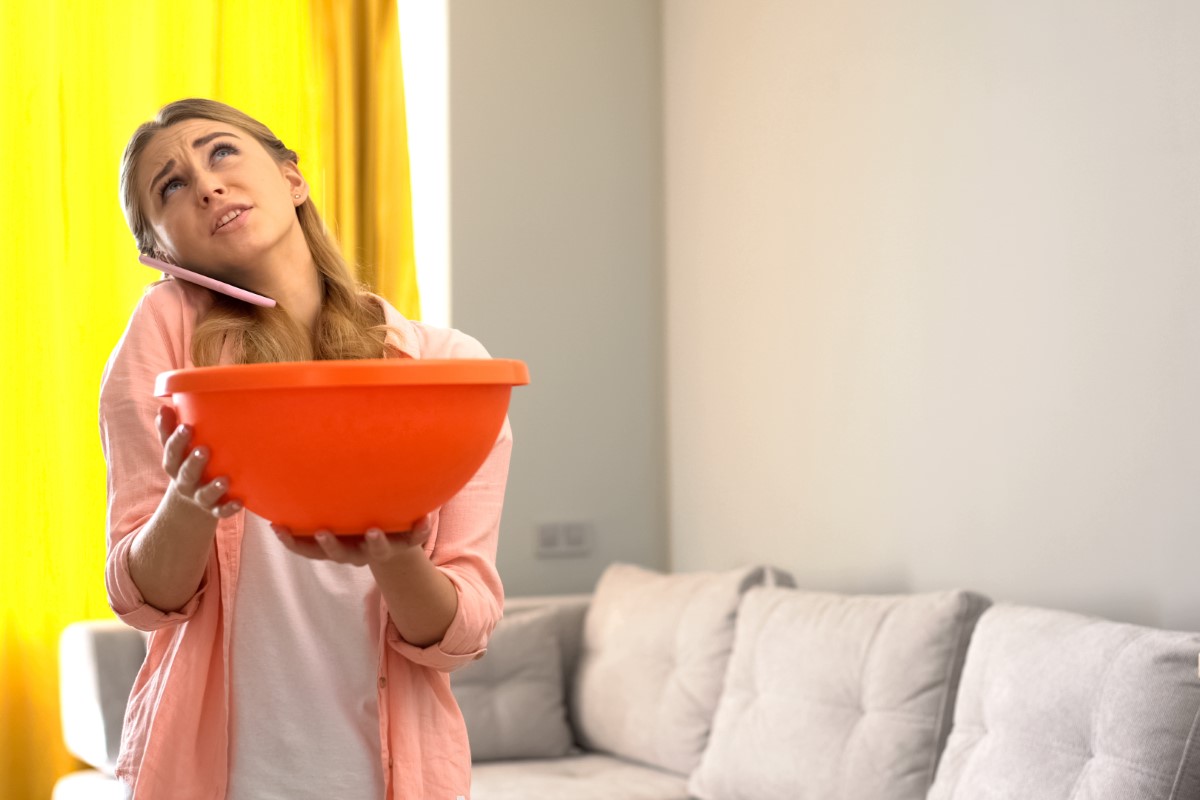There is probably nothing more nerve-wracking or frustrating than when you spot your roof leaking. Sometimes, it’s easy to notice, such as a large hole from where that tree fell on top of it, but other times, it can be a small insidious leak that has been slowly working its way inwards over weeks.
Here are some of the more common causes of a roof leak and how you might be able to locate them.
Age of roof
Like everything else in life, Roofing materials are not immune to the effects of the passage of time. Throughout the years, your roof is also subjected to the full force of nature. These two undeniable forces act together to eat away at the durability of your roof, which will lead to a greater chance of leaks forming.
Damaged or cracked chimney
Although chimney stacks are often among the most substantial parts of a house, they too are subjected to the effects of weather and time. Leaks can form in chimneys when bricks and mortar develop cracks, or the chimney crown becomes damaged.
Loose lead flashing
Flashing is the metal sheeting installed in areas that are vulnerable to leaks, such as around the base of a chimney or where the roof meets a wall. If the flashing was installed incorrectly or is damaged, it could create a gap large enough for water to get through.
Missing roof tiles
You may find a roof tile or shingle in your garden or on your driveway from time to time. A powerful storm usually causes this, but other factors can also loosen tiles and shingles. A roof constructed of tiles or shingles relies on each piece to keep the top watertight. If one or more of these pieces are missing, this creates a hole or a gap that allows water to seep through.
Holes
If there is a hole, or multiple holes, in your roof, it should come as no surprise that there are leaks. Spots in a shelter are about as beneficial as holes in the bottom of a bucket. If you do spot a hole in your roof, make sure to get a roofing contractor to carry out the work for you otherwise it might cause some serious long term damage.
Blocked gutters
Blocked gutters are a common and often overlooked leak-causing problem. Your house’s guttering is there to ensure that rainwater or melting snow is safely diverted away from your home. Clogs in your gutters form small dams, which allow water to build up and extend its presence on your rooftop.
Skylight / Roof windows
Skylights can have a transformative effect on rooms in your home. They allow for better ventilation and more natural light to enter your home. However, if a skylight is installed incorrectly or substandard materials are used, it can become a dripping, leaky nightmare. Most skylight leaks are caused by poor workmanship when either the skylight or the protective flashing is not installed correctly.

